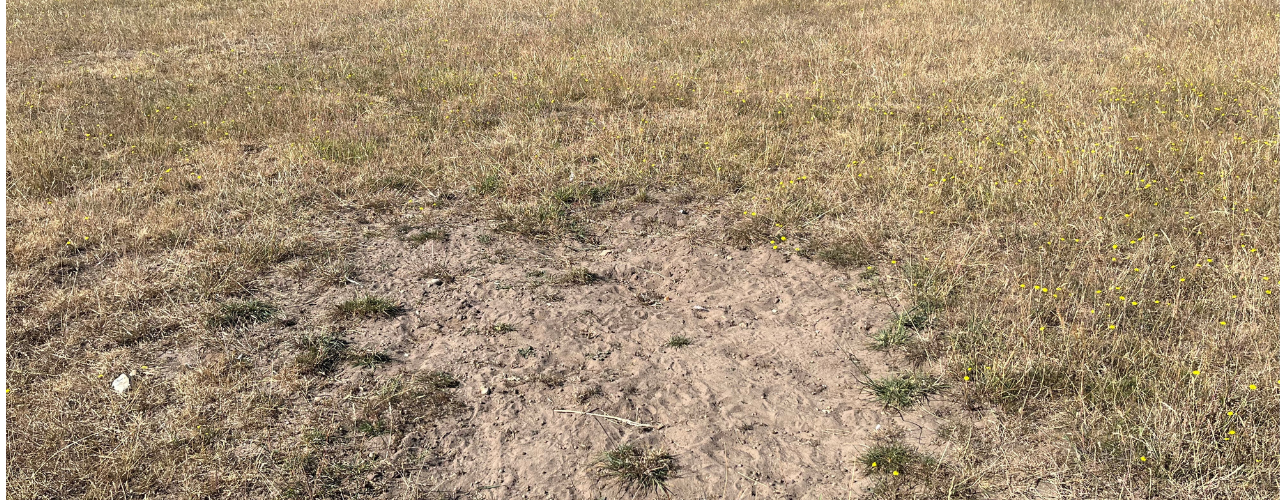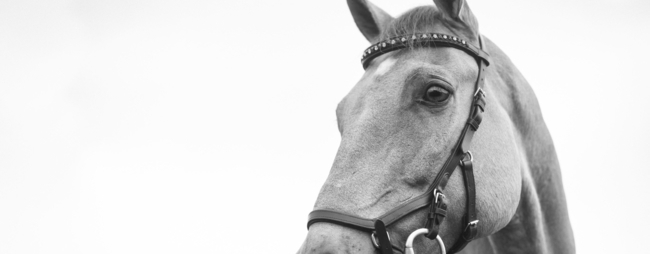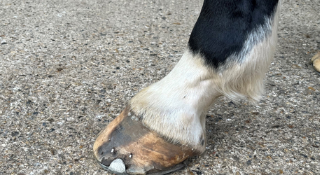Distilling The Facts About Horses' Kidneys
By Wendy Talbot on 16 December 2019
Distilling the facts about kidneys
Your horse’s kidneys do a phenomenal job, processing around 45 litres of blood twice each hour, to filter out waste and retain all the important bits your horse needs to stay healthy.
Where are the kidneys?
Like all vertebrate mammals horses have two kidneys. They are situated just behind the saddle area, within the abdominal cavity beneath the last ribs, one either side of the lumbar part of the spine. The left kidney sits slightly further back than the right and it is possible for your vet to feel the edge of it during an internal examination.
What do the kidneys do?
The kidneys are a major part of your horse’s urinary system, responsible for the extraction and removal of waste products from the blood.
Each kidney weighs on average around 680g but the right kidney is shaped like the heart on a playing card whereas the left is a more conventional kidney shape.
Contained within their own capsules, the kidneys are surrounded by a protective layer of fat and a substantial layer of muscle. A drainage tube, the ureter, runs to the bladder from each kidney and both are connected to the circulatory system via a renal vein and renal artery.
Waste processing and purification
The kidneys process the blood to remove any harmful or unnecessary waste products generated from bodily activity.
The blood is processed in two layers of tissue, where more than a million microscopic nephrons purify incoming fluid. Salt, potassium, sulphate, phosphate, glucose and proteins are released back into the bloodstream to replenish any deficits. Any water needed by the circulatory system is absorbed and waste products are sent to the bladder to be discharged in urine.
Fluid control and hormone production
The kidneys monitor and regulate fluid volume and control the acidity and alkalinity balance. They also produce hormones that support the production of red blood cells and help regulate blood pressure.
Kidney trouble
Despite the kidneys working hard all day, every day, only a very few horses are diagnosed with kidney disease.
Signs of kidney dysfunction can be difficult to spot but may include:
- Abnormal urination, which may be increased, strong smelling or discoloured
- Weight loss
- Dental tartar and gum inflammation caused by the build up of urea and ammonia circulating in the blood
- Lethargy
- Reduced performance
- Reduced appetite
- Lack of sheen or a rough coat
How is kidney dysfunction treated?
While acute kidney failure can be curable if the underlying cause can be addressed and fluid and electrolyte loses corrected, chronic kidney failure is progressively damaging, destroying more and more of the cells needed to regulate fluids. Short-term quality of life may be improved by dietary modifications but the long-term outlook is poor.
If you are worried your horse may be showing signs of kidney dysfunction contact your vet who will be able to take blood and urine samples to diagnose the problem.
Did you know?
The horse’s blood will pass through the kidneys more than 60 times in 24 hours. A horse produces up to 15 litres of urine each day. The fat around the kidneys, called peri-renal fat, is shock-absorbing and insulating. It is the last body fat to go during starvation.
References
Meszoly J. Why equine kidneys rarely fail
https://equusmagazine.com/horse-care/eqkidneys31003
Accessed 17 October 2019
Hastie PS, The Urinary System, The British Horse Society Manual, 2001. P107-109
Schott, H et. al. (2018) Disorders of the Urinary System. In: Equine Internal Medicine, 4th edition. Eds. Reed, S.M., Bayly, W.M., Sellon, D.C. Elsevier Health Sciences. p. 888 - 990
MM-07148
Comments
DR WENDY TALBOT BVSC CERT EM (INT MED) DECEIM MRCVS
Wendy graduated from Bristol University in 1999. She then went on to complete a residency at Liverpool University and holds a European Diploma in Equine Internal Medicine. After working in practice for 13 years, she joined Zoetis in 2012 as the National Equine Veterinary Manager.



